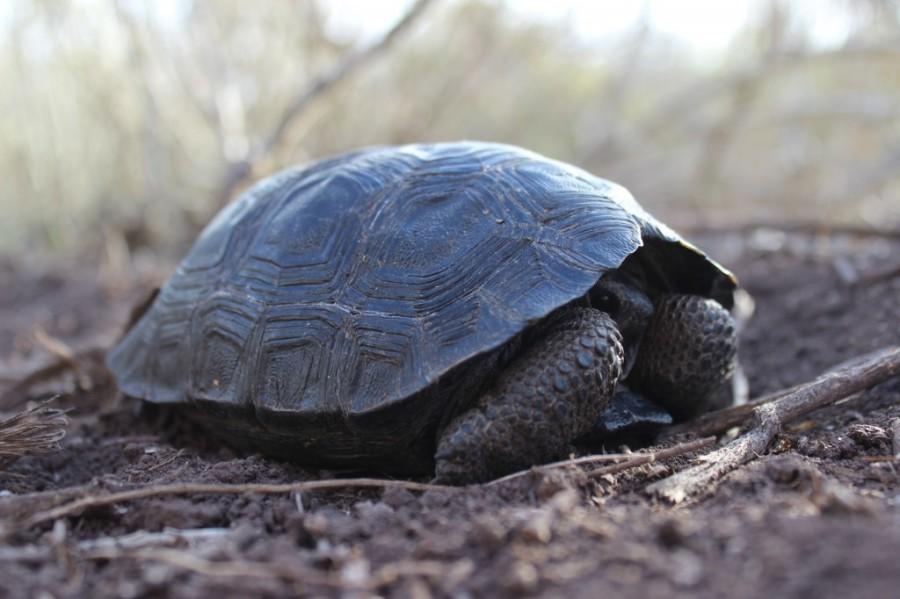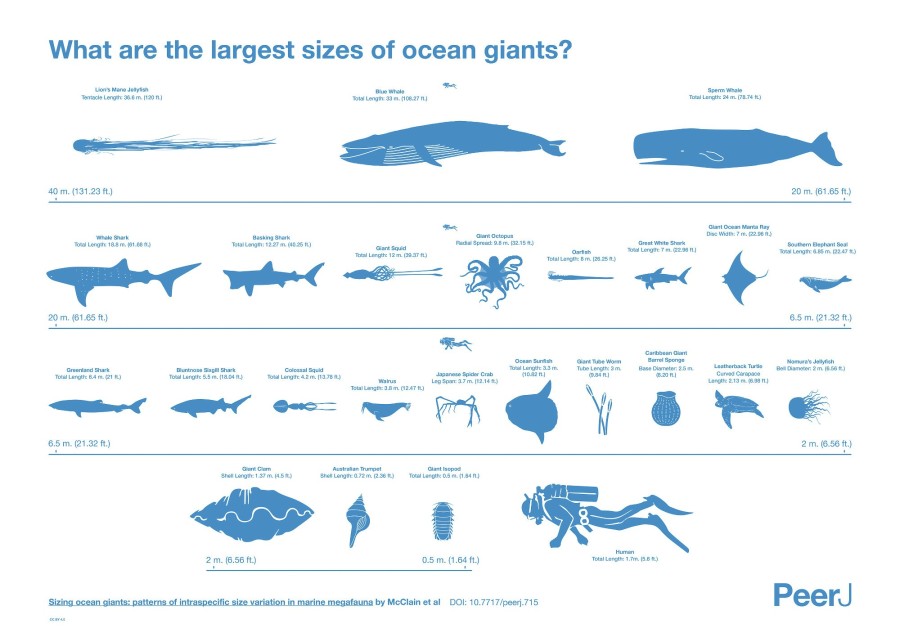Hello again, animal enthusiasts! Today we have some exciting news along to go along with the usual dose of pessimism. A new species of poison dart frog was discovered in Donoso, Panama!
This frog has a unique call, but was originally thought to be a different variety of another poison dart frog species. But after DNA analysis, it was concluded that this frog is unique. However, this exciting discovery is dampened by the fact that this frog, only just classified, is already in danger. Its habitat is a very small isolated area, and is being swiftly destroyed. Habitat loss isn’t the only danger to this little guy: collection of poison dart frogs for the pet trade is also a major threat to their wild existence. But the most ominous danger to this frog is the chytrid fungus.
The fungus is a skin disease that, some argue, has been responsible for the greatest disease-caused loss of biodiversity in human history. It has been detected on hundreds of amphibians in over thirty-five countries and has caused numerous extinctions of entire frog species and serious declines in others.
But there is hope, in what has come to be known as “Lazarus frogs.” These are species of frogs that had been thought to be extinct, but suddenly reappear. While unfortunately, this isn’t the case for most of the species that go extinct, these industrious amphibians are able to survive extinction.
It is largely unknown how important frogs are to the world’s ecosystems. We know that tadpoles keep waterways clean of algae. Adult frogs eat massive amount of insects, many of which are disease carriers that prove fatal to humans but not to frogs. Frogs are also a source of prey for many other animals. Without them, many ecosystems will likely collapse. We have a responsibility to make sure that they stay around.
Here are some links to the new species discovery, and the search for lost frogs:
http://www.bbc.com/earth/story/20140911-quest-for-the-worlds-lost-frogs



